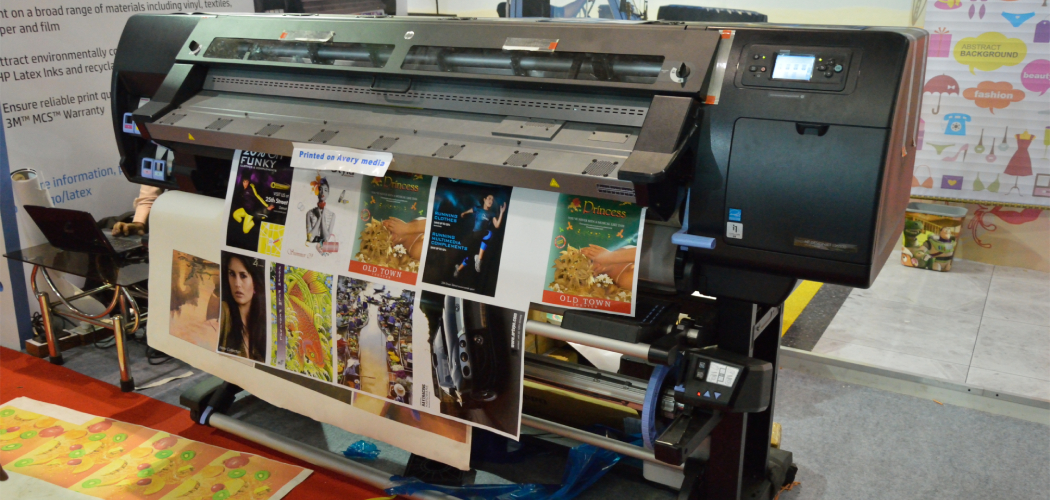Have you ever been to the grocery store or received a package in the mail and wondered how those labels got printed onto the items? Chances are, it was done with thermal label printers. Thermal label printing is an efficient way to quickly apply labels on a variety of surfaces, ranging from cardboard boxes to plastic bottles.
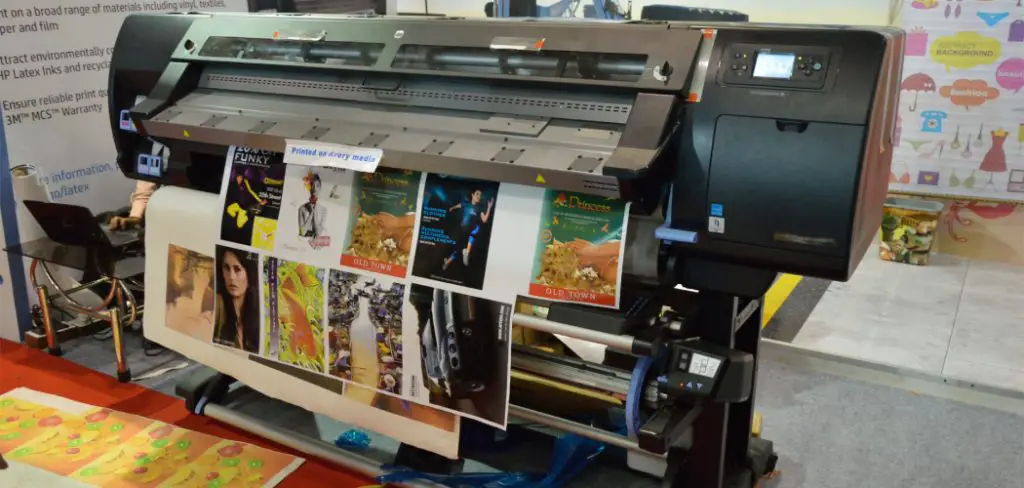
Not only can these machines save time and money for businesses that need to distribute products, but they also provide clear results with minimal effort required by humans! In this blog post, we will explore exactly how do thermal label printers work and discuss why this technology has become so popular in various industries.
Importance of Thermal Label Printers in Various Industries
Thermal label printers are an essential tool for many industries. They are used to print labels with detailed information such as barcodes, names, dates, and other data. Thermal printing technology is trusted by businesses in a variety of sectors because it ensures accuracy and reliability.
Industries that rely on thermal label printers include shipping and logistics, healthcare, food and beverage production, retail, and manufacturing. In the shipping industry, thermal label printers are used to print labels containing tracking information for shipments.
This helps businesses keep track of their packages in transit. In the healthcare industry, thermal label printers are used to create detailed labels that include patient information for medical specimens.
The food and beverage industry also relies heavily on thermal label printers. These devices can be used to print expiration dates and other nutritional information on products. Retailers use these printers to generate barcodes and price tags for products, while manufacturers utilize them to mark components with serial numbers or other identifying attributes.
Overall, thermal label printers provide a lot of value for many different industries by enabling accurate printing of important information. The technology offers an efficient and reliable way to keep track of shipments, medical specimens, products, components, and more.
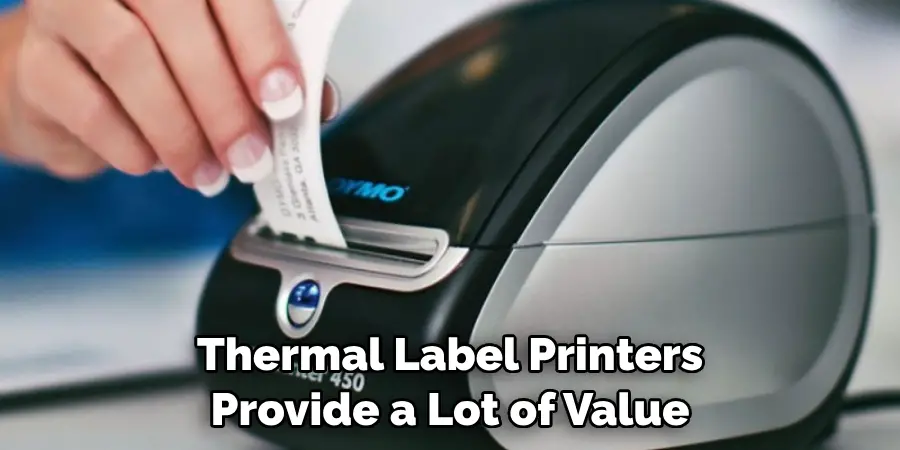
Overview of Thermal Printing Technology
Thermal printing technology is used in a wide variety of industries and applications. It is used to produce labels and other printed materials such as receipts, tickets, tags, and invoices.
Thermal printers use heat-sensitive paper or synthetic material treated with chemicals that react when exposed to intense heat generated by the printer’s thermal head. When the heated thermal head touches the paper, a chemical reaction causes an image to form on the paper.
The intensity of the heat applied to the paper varies depending on what type of image is being printed. For example, a lighter shade would require less heat than a darker one.
The dots produced by thermal printers are very small but precise – often measuring around 0.015 inches in diameter. This allows them to create images with a very high resolution, and when combined with the right type of ink and paper they can produce very vivid colors.
Thermal printers are often used in industrial settings because of their ability to quickly print large amounts of data on labels or other printed materials. They’re also popular for retail operations due to their affordability and ease of use. Thermal printers are typically smaller than other types of printers, which makes them ideal for applications where space is limited.
Do Thermal Label Printers Run Out of Ink?
Thermal label printers don’t use ink, so they never run out. Instead, they use a combination of heat and special thermal paper or labels to produce images. When the printer’s print head is heated up, it transfers dye from the ribbon onto the paper or label material.

The higher the temperature, the darker and more durable the image becomes. This means that you can get vivid prints without ever having to worry about running out of ink! Additionally, as no ink is used in this process, there are fewer maintenance costs associated with a Thermal Label Printer than with an inkjet or laser printer.
As a bonus, thermal printing uses significantly less energy than other printing methods – which makes them highly efficient and environmentally friendly. All in all, thermal label printers are a great way to reliably produce professional-looking labels without worrying about ink running out.
10 Methods How Do Thermal Label Printers Work
Method 1: Introduction to Thermal Label Printers
Thermal label printers are widely used in various industries for printing labels with high-quality graphics, barcodes, and text. Unlike traditional inkjet or laser printers, thermal label printers use heat-sensitive materials to produce durable and long-lasting labels. In this article, we will explore the working principles of thermal label printers and delve into the 10 methods through which they operate.
Method 2: Direct Thermal Printing
One common method employed by thermal label printers is direct thermal printing. In this process, the printer applies heat directly to the thermal paper or label, which is coated with a heat-sensitive layer.
When the heated elements come into contact with the paper, the coating reacts and produces a visible image. This method eliminates the need for ink or toner cartridges, making direct thermal printing a cost-effective and efficient option for many businesses.
Method 3: Thermal Transfer Printing
Another popular method used by thermal label printers is thermal transfer printing. This technique involves transferring ink from a ribbon onto the label material using heat. The thermal transfer ribbon consists of a polyester film coated with a thin layer of ink.
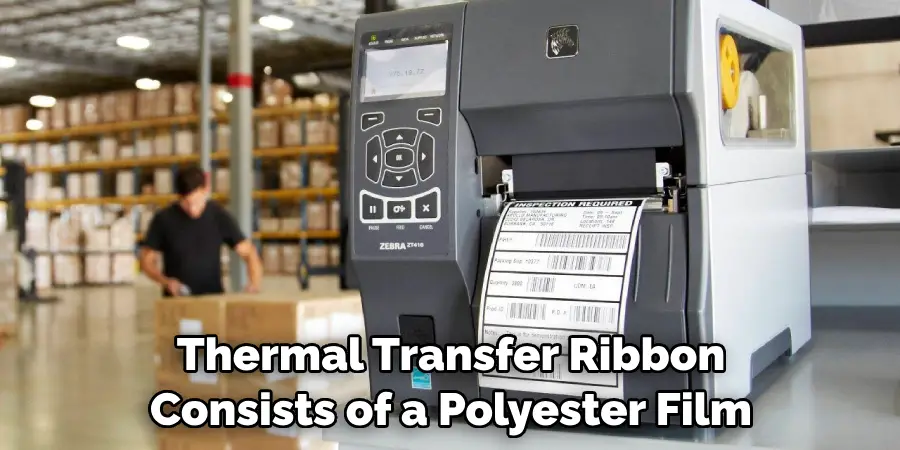
As the printer heats specific areas of the ribbon, the ink melts and transfers onto the label, creating a permanent image. Thermal transfer printing offers exceptional print quality, durability, and versatility, making it suitable for applications that require long-lasting labels or intricate graphics.
Method 4: Printhead Components
Thermal label printers feature a printhead, which is the key component responsible for creating the printed image. The printhead consists of tiny heating elements arranged in a matrix pattern.
These elements can be individually heated or left cool, allowing for precise control over the printing process. The resolution and clarity of the printed image depend on the density of the heating elements in the printhead.
Method 5: Print Speed and Resolution
Thermal label printers offer various print speeds and resolutions to cater to different printing needs. The print speed refers to the number of labels that can be printed per second, while the resolution determines the level of detail and sharpness in the printed image.
Higher resolutions result in crisper text and more detailed graphics, but may slightly reduce the printing speed. It is essential to consider the required print quality and speed when selecting a thermal label printer.
Method 6: Label Sensors and Media Handling
Thermal label printers are equipped with sensors to detect the size, position, and gaps between labels, ensuring accurate printing and preventing errors. These sensors can automatically adjust the printing parameters based on the label dimensions.
Additionally, thermal label printers often have mechanisms for handling label rolls, including mechanisms to feed the labels, peel them off the backing paper, and cut them to the desired length.
Method 7: Connectivity and Software Integration
Modern thermal label printers offer various connectivity options to facilitate seamless integration into existing systems. They can connect to computers, networks, or mobile devices via USB, Ethernet, Wi-Fi, or Bluetooth. Some printers also support industry-standard printer command languages, allowing for easy integration with label design software and enterprise systems, such as inventory management or shipping platforms.
Method 8: Label Design and Editing
To create customized labels, thermal label printers are compatible with label design software. This software enables users to design labels with specific layouts, fonts, graphics, and barcodes.
Users can also import data from databases or spreadsheets to generate labels dynamically. The label design software often includes features like label templates, alignment tools, and data merging capabilities, making it easy to create professional and standardized labels.
Method 9: Label Durability and Resistance
Thermal labels are designed to withstand various environmental conditions and handling requirements. Depending on the application, label materials can be chosen for their resistance to moisture, heat, chemicals, UV exposure, or abrasion. Some thermal label printers offer options to laminate or coat labels for enhanced durability, ensuring that the printed information remains intact and readable for an extended period.
Method 10: Maintenance and Care
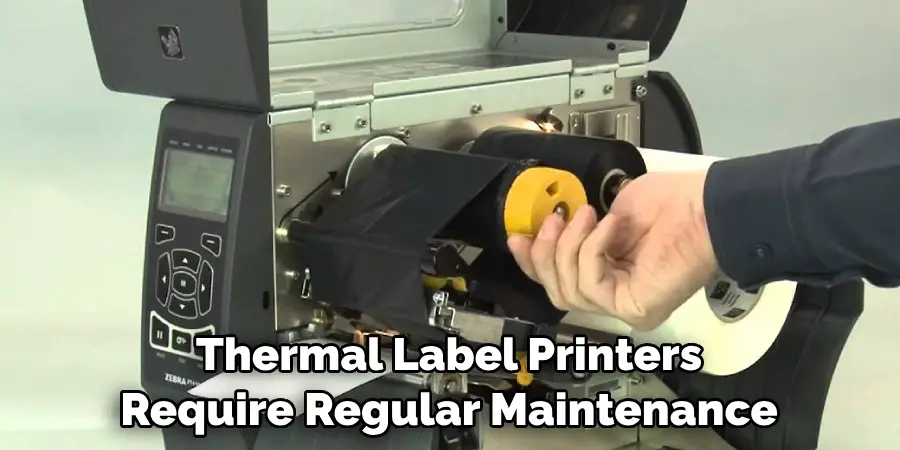
To ensure optimal performance and longevity, thermal label printers require regular maintenance. This typically involves cleaning the printhead, removing any adhesive residue or debris, and replacing worn-out parts, such as the thermal transfer ribbon or printhead. Additionally, it is essential to use compatible label materials and ribbons recommended by the printer manufacturer to prevent damage or malfunction.
Conclusion
Thermal label printers are a great choice for any business or organization that wants to make sure their labels look professional and have easy access to printing them.
They are also suitable for any labeling requirements from product packaging to inventory tracking. By understanding the basics of how thermal label printers work, businesses can make an informed decision about which printer is best suited for their needs.
With its groundbreaking technology, incredible efficiencies, and uncomplicated design, it’s no wonder thermal label printers are quickly becoming one of the top choices for businesses to complete their labeling jobs quickly and easily. Thanks for reading, and we hope this has given you some inspiration on how do thermal label printers work!
You Can Check It Out to Computer Desk for Dual Monitors

